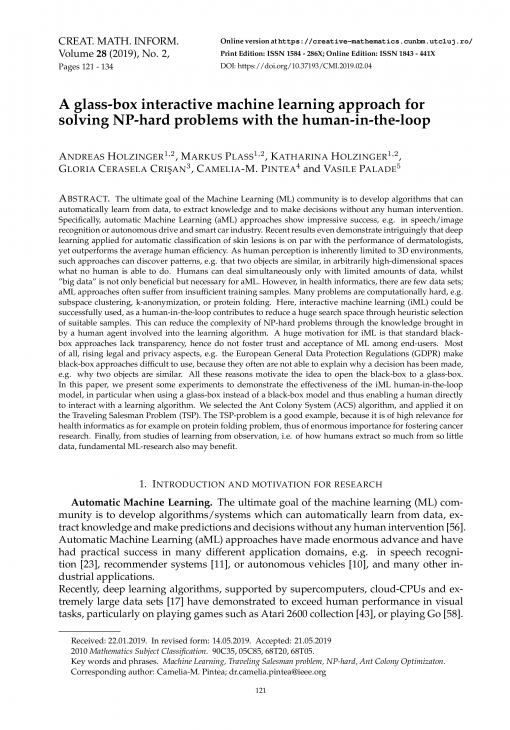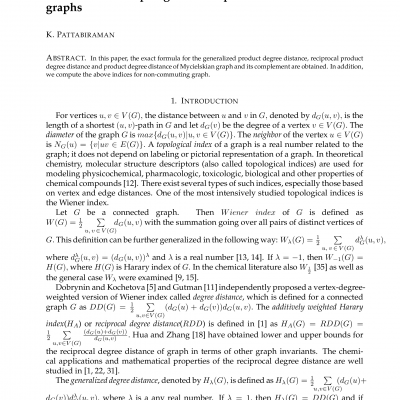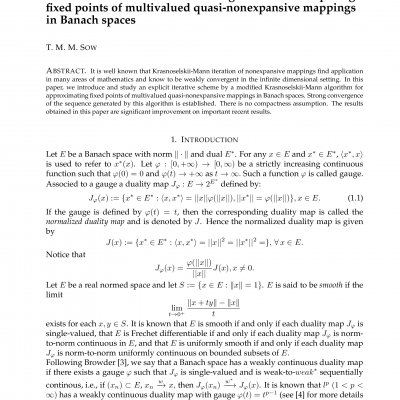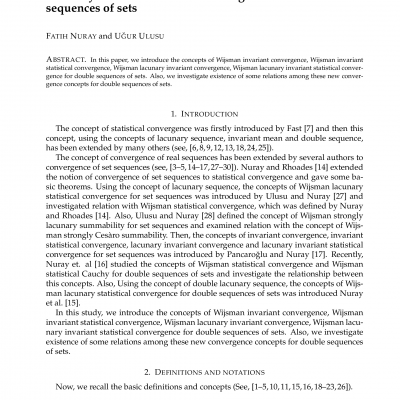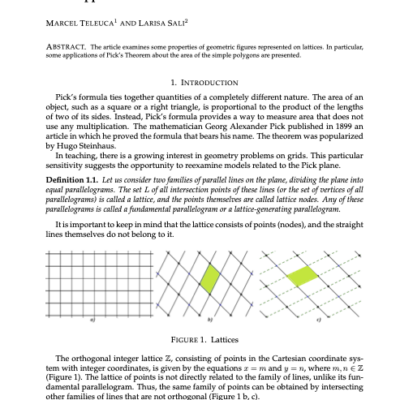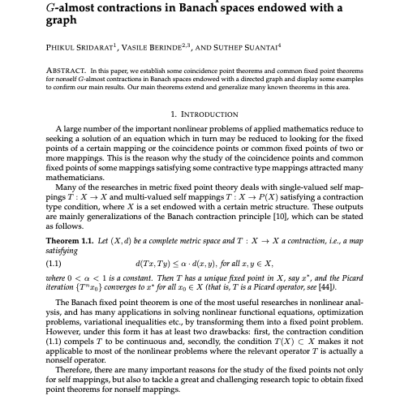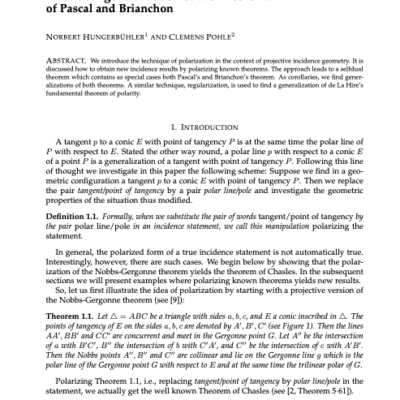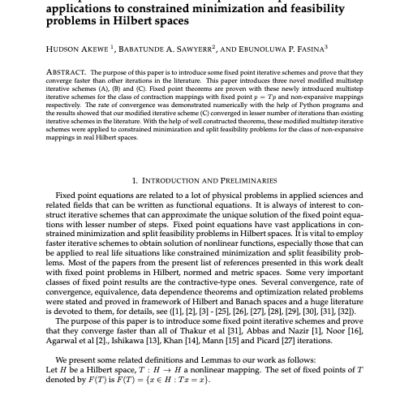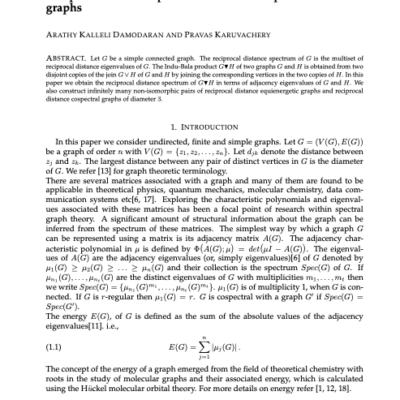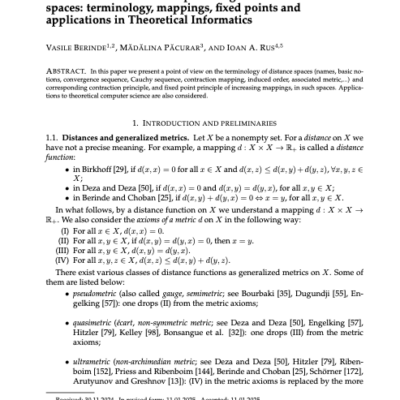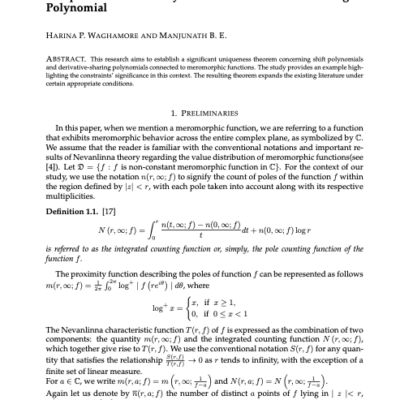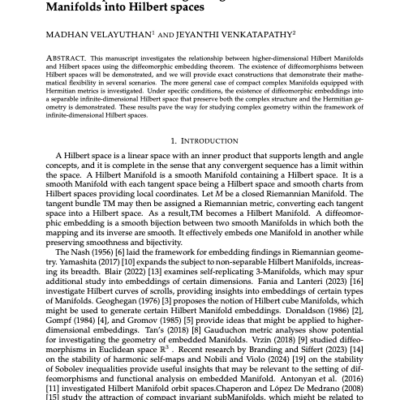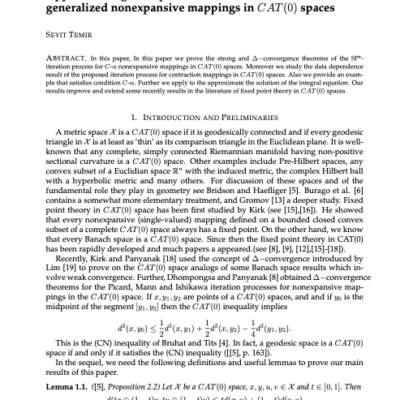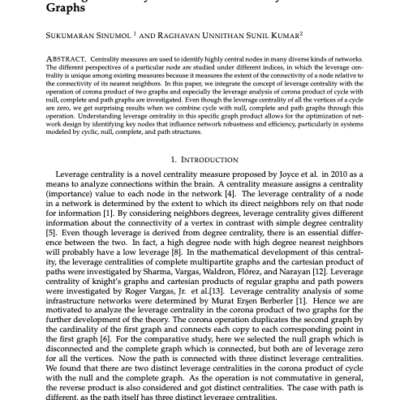The ultimate goal of the Machine Learning (ML) community is to develop algorithms that can automatically learn from data, to extract knowledge and to make decisions without any human intervention. Specifically, automatic Machine Learning (aML) approaches show impressive success, e.g. in speech/image recognition or autonomous drive and smart car industry. Recent results even demonstrate intriguingly that deep learning applied for automatic classification of skin lesions is on par with the performance of dermatologists, yet outperforms the average human efficiency. As human perception is inherently limited to 3D environments, such approaches can discover patterns, e.g. that two objects are similar, in arbitrarily high-dimensional spaces what no human is able to do. Humans can deal simultaneously only with limited amounts of data, whilst “big data” is not only beneficial but necessary for aML. However, in health informatics, there are few data sets; aML approaches often suffer from insufficient training samples. Many problems are computationally hard, e.g. subspace clustering, k-anonymization, or protein folding. Here, interactive machine learning (iML) could be successfully used, as a human-in-the-loop contributes to reduce a huge search space through heuristic selection of suitable samples. This can reduce the complexity of NP-hard problems through the knowledge brought in by a human agent involved into the learning algorithm. A huge motivation for iML is that standard black-box approaches lack transparency, hence do not foster trust and acceptance of ML among end-users. Most of all, rising legal and privacy aspects, e.g. the European General Data Protection Regulations (GDPR) make black-box approaches difficult to use, because they often are not able to explain why a decision has been made, e.g. why two objects are similar. All these reasons motivate the idea to open the black-box to a glass-box. In this paper, we present some experiments to demonstrate the effectiveness of the iML human-in-the-loop model, in particular when using a glass-box instead of a black-box model and thus enabling a human directly to interact with a learning algorithm. We selected the Ant Colony System (ACS) algorithm, and applied it on the Traveling Salesman Problem (TSP). The TSP-problem is a good example, because it is of high relevance for health informatics as for example on protein folding problem, thus of enormous importance for fostering cancer research. Finally, from studies of learning from observation, i.e. of how humans extract so much from so little data, fundamental ML-research also may benefit.
A glass-box interactive machine learning approach for solving NP-hard problems with the human-in-the-loop
Holzinger, Andreas, Plass, Markus, Holzinger, Katharina, Crişan, Gloria Cerasela, Pintea, Camelia-M. and Palade, Vasile
Full PDF
Additional Information
| Author(s) | Crişan, Gloria Cerasela, Holzinger, Katharina, Holzinger, Andreas, Palade, Vasile, Pintea, Camelia-Mihaela, Plass, Markus |
|---|

